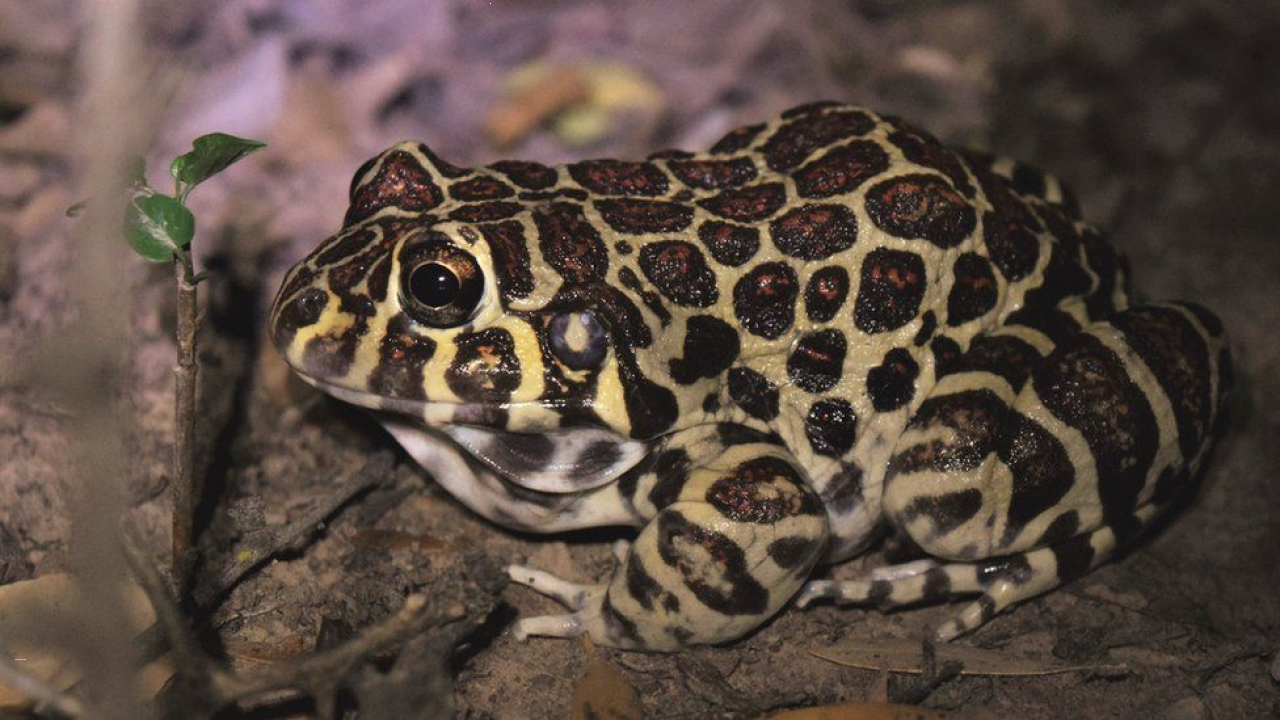Santa Fe Frog
Argentinian scientists have embarked on a crucial mission to study and protect the elusive Santa Fe frog, known for its striking “leopard-print” appearance. This unique amphibian is found in the regions of Argentina, Bolivia, and Paraguay. However, its existence is threatened by habitat loss caused by deforestation in the Dry Chaco. By delving into the reproduction and behavior of the Santa Fe frog, scientists aim to contribute to its conservation.
Exploring Reproduction
The primary focus of the Argentinian scientists’ research is to unravel the mysteries of Santa Fe frog reproduction. These scientists have tracked down the frog in the depths of caves, where it seeks refuge. The male frogs emerge at nightfall and entice interested females by hopping back down into their burrows. This unique mating behavior sets the Santa Fe frog apart from other frog species.
Discovering Eggs and Tadpoles
During their extensive study, scientists made a groundbreaking discovery. For the first time, they were able to locate eggs and tadpoles of the Santa Fe frog. This finding offers valuable insights into the life cycle of this little-known species. It underscores the importance of protecting the frog’s habitat in the Dry Chaco.
Conservation Efforts and Collaboration
Recognizing the significance of safeguarding the Santa Fe frog, the scientists have extended their efforts beyond research. Led by Isis Ibañez, they collaborate closely with local community leaders, hunters, and farmers to gain a better understanding of the frog and implement effective conservation measures. This collaboration allows for a comprehensive approach that integrates scientific knowledge and local expertise.
The Need to Protect the Santa Fe Frog
The Santa Fe frog serves as a poignant symbol of the urgent need to defend the remaining forests in the Dry Chaco. As deforestation rates continue to escalate, the unique habitat that supports this extraordinary amphibian is being rapidly depleted. By protecting the Santa Fe frog, we safeguard the delicate balance of biodiversity within the region.
Month: Current Affairs - July, 2023
Category: Science & Technology Current Affairs


